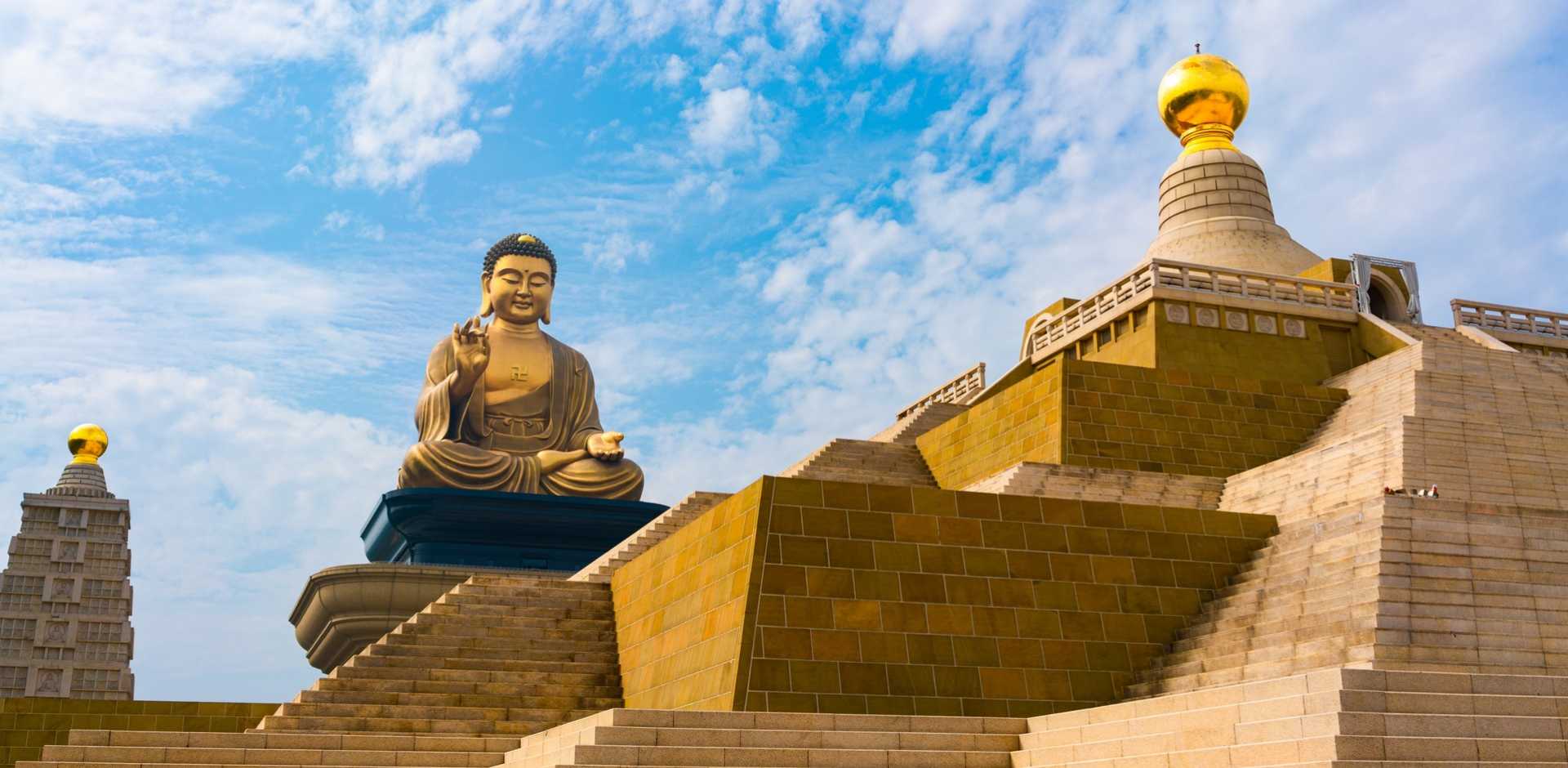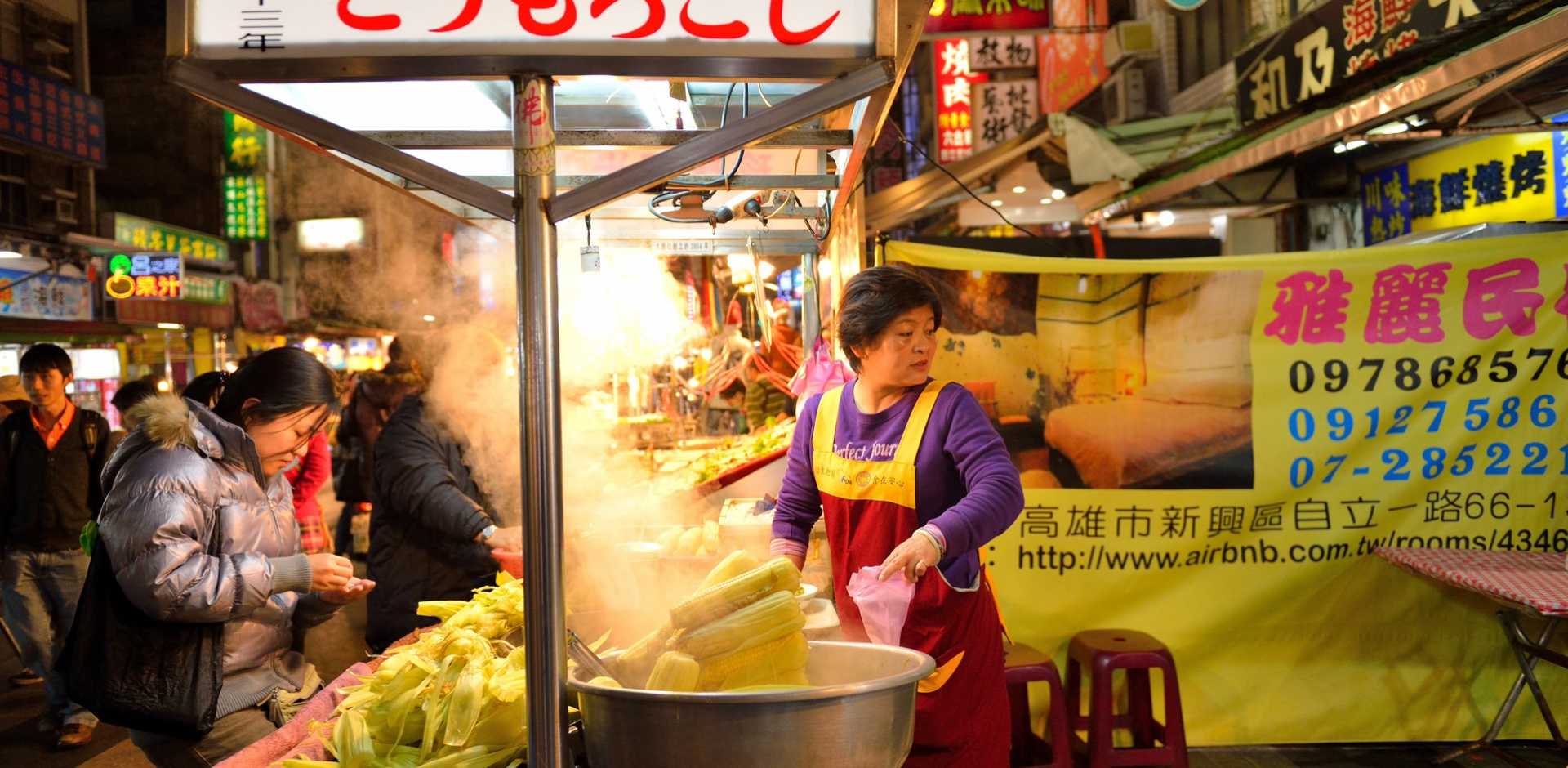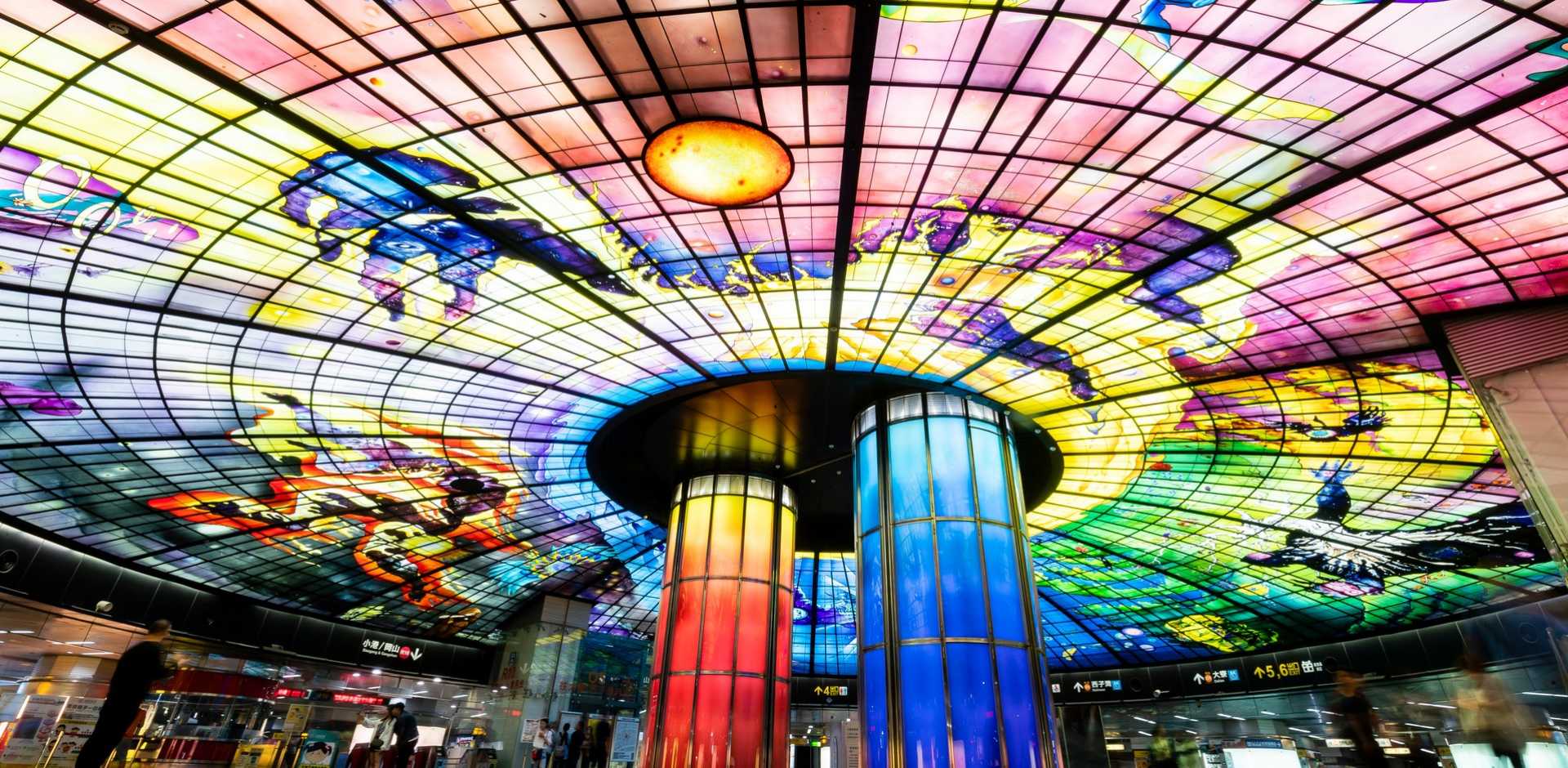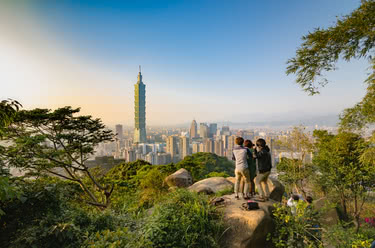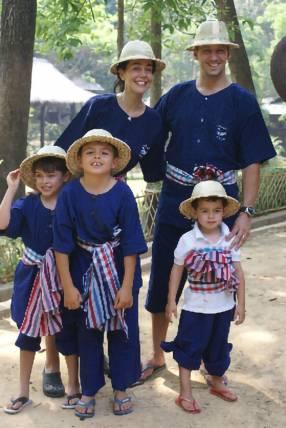Known for its bustling harbor that is among the busiest in the world, Kaohsiung is a thriving metropolis where old-world pagodas can be explored in the same day as modern architectural marvels, such as the metro station known as the “Dome of Light.” A number of beautiful natural environments and wildlife preserves also lie within easy traveling distance of the city, and night markets and malls like the Dream Mall – the largest in Taiwan and the second largest in Asia – await those with a desire to shop.
The city’s aesthetic beauty has been heightened in recent years thanks to efforts by civic leaders, and visitors will also enjoy much less traffic congestion in comparison with other major Asian cities, including Taiwan’s capital of Taipei. Kaohsiung is also notable for its bicycle culture, which is greatly bolstered by the predominantly pleasant, flat topography surrounding the city. Many locals can be seen riding to and from their destinations as a part of their daily routine, and the local government has put significant effort into promoting a bicycle-friendly atmosphere. Bicycles are easily rentable throughout the city, and this can be a great way to sightsee without having to deal with the hassle of driving and renting a car. A particularly pleasant ride is to follow the scenic Love River north toward the city’s art district, though travelers wishing to get out of the city may enjoy exploring the coastal side of Shoushan Mountain,whichis famous for its wildlife population andharbors great numbers of mischievous monkeys.
While Kaohsiung has previously held a reputation as a purely industrial city, it has now formed into an exciting, trendy urban landscape with endless options in terms of activities. Being a major city located near miles of beautiful coastline and mountain environments means travelers might go for a trek or ATV ride in the morning and lounge on the beach in the afternoon before enjoying a gourmet meal in the city at night. There is no shortage of sights to see and activities to enjoy in this busy Taiwanese “Harbor Capital,” as it is known locally.



